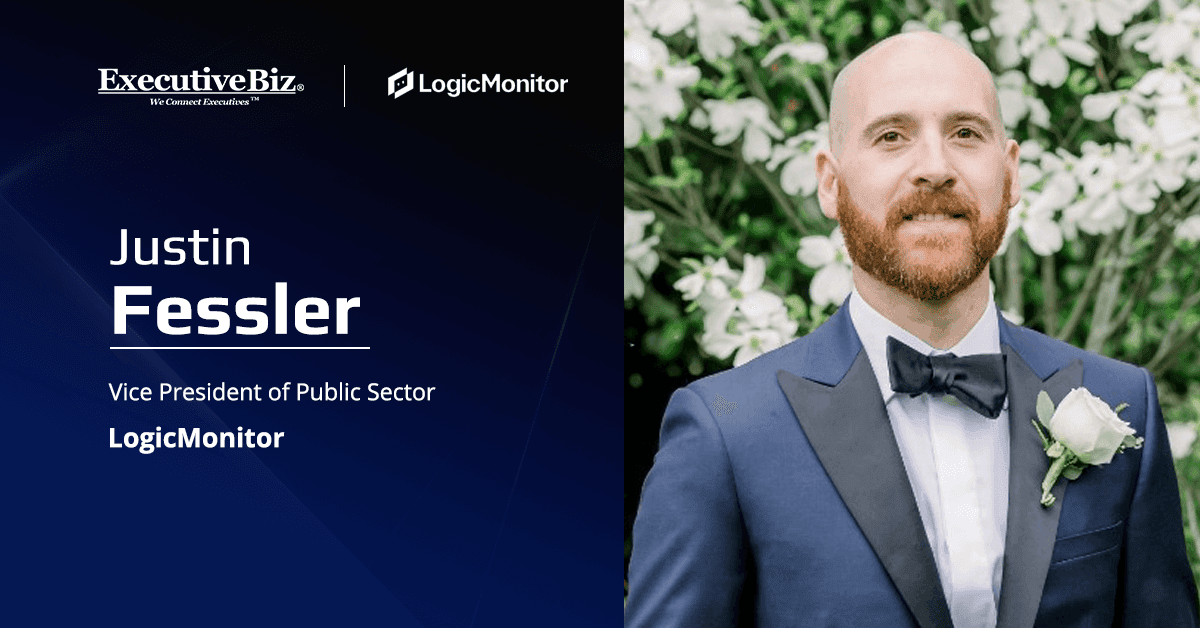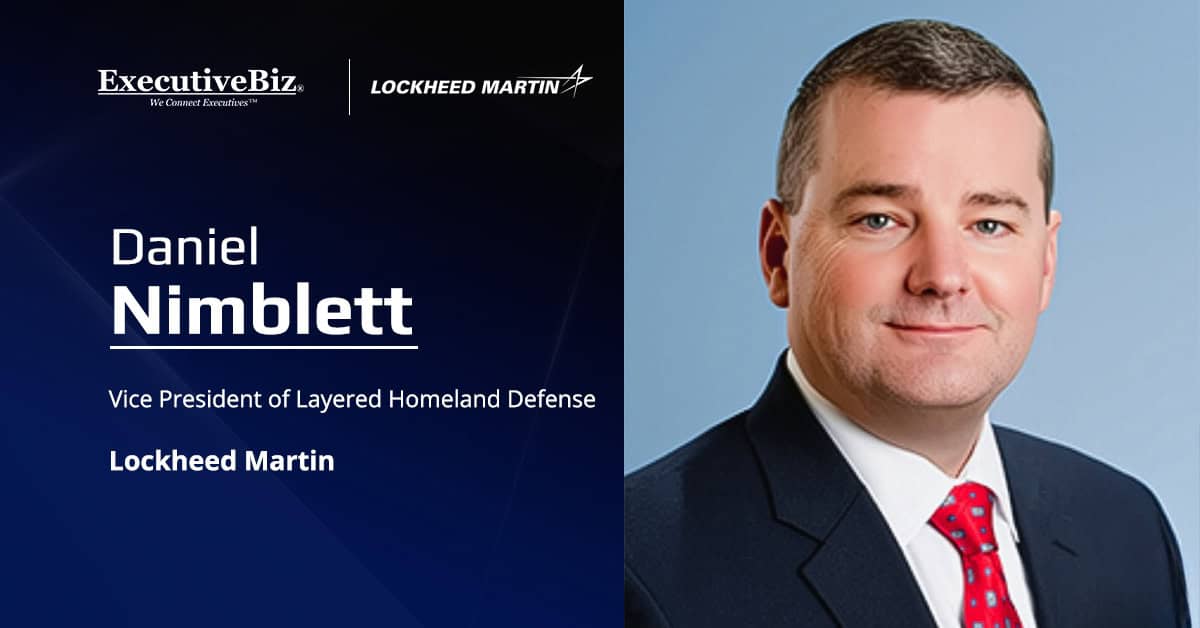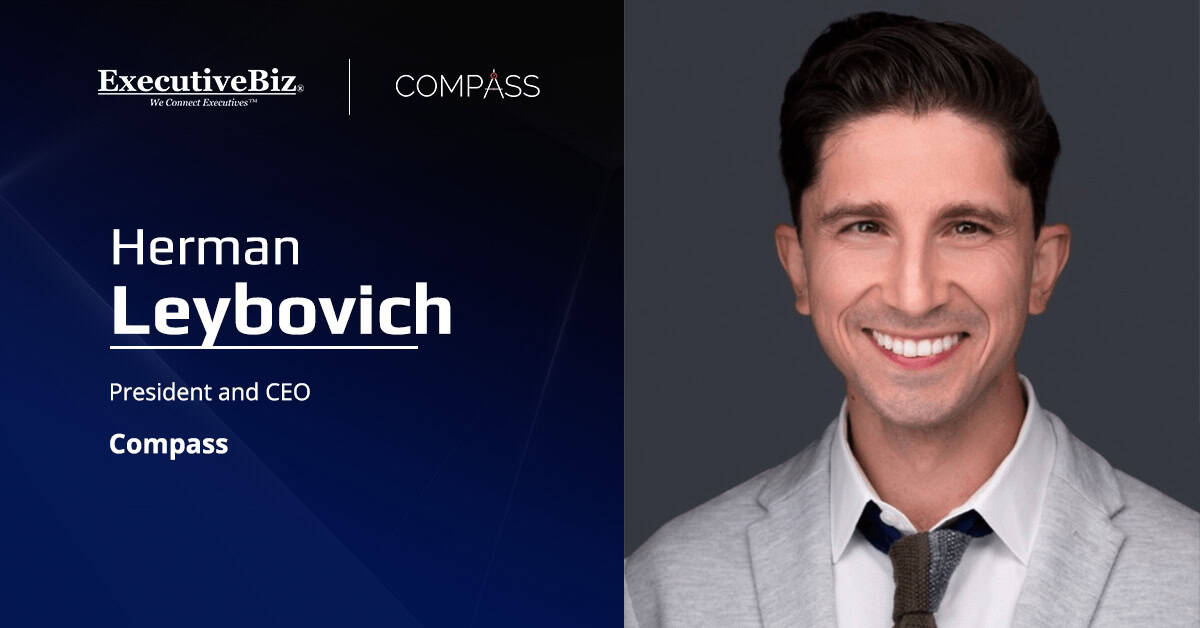Justin Fessler never planned to get into government contracting. He began his career at IBM initially thinking he would join a commercial team, but after a series of unexpected turns, he ended up getting tasked with selling software to the federal government. In this position, he began supporting around 40 field reps across three product lines and found himself really enjoying it, spending a lot of time cold-calling Department of Defense accounts and getting a sense of how they operated.
Fessler stayed loyal to IBM for over a decade and became highly proficient in artificial intelligence and natural language processing. Since exiting the company in 2019, he has enjoyed senior stints at Salesforce and Yext, and is now leading public sector business as vice president at LogicMonitor.
“I won’t lie—there were a few times I considered leaving the federal market. But something always pulled me back. I liked the idea of helping the government work better and, in turn, helping citizens access services and benefits more effectively. So I stuck with it,” Fessler told us in a Spotlight interview.
He chatted with ExecutiveBiz about helping LogicMonitor complete their FedRamp journey, the biggest cyber threats impinging the government and why cloud migration has tested patience in the federal realm.
ExecutiveBiz: What are some of the key barriers that remain in widespread federal cloud migration, and how do you think we can overcome them?
Justin Fessler: The biggest challenges we continue to hear about—even at LogicMonitor—are not having complete visibility across the entire network and infrastructure (on-prem and cloud), and cost visibility in the cloud. Government agencies have been adopting the cloud like wildfire, but don’t really have full control of their costs. The LM Envision platform provides cloud monitoring, across all the major vendors, and because of that, we’re able to track associated costs. No matter the stage of the cloud journey, government organizations need to know their costs, ensure they’re aligned with budgets, and they have warning if there’s a possible overage.
That’s why so many financial operations tools have emerged, but these are generally built for finance teams and are focused point solutions. . Our platform isn’t a FinOps tool—we’re an observability platform that excels in monitoring complex IT environments—but because we have access to all the data coming out of cloud environments and we are designed for IT Operations teams, we’ve effectively become an “Ops for Fin” solution.
And it goes beyond preventing unexpected cloud costs. Since we understand performance, we can identify areas of cloud spend that aren’t delivering value—like unattached or underperforming resources—and we also support “what if” scenarios. For example, if you’re running a workload in one cloud environment, we can help evaluate whether it might be more cost-effective or operationally efficient to move it to another.
When it comes to cloud migration, the first major hurdle is choosing the right cloud. In the federal space, it usually comes down to AWS, Microsoft Azure or Google Cloud. Once that decision is made, the next challenge is understanding what you’re spending, whether that spend is optimized and whether you’re using the right services at the right cost.
It’s not just about consumption—it’s about performance. Are the services actually doing the work, or are they just sitting idle? This isn’t a new problem. It dates back to the days of perpetual licensing, before software-as-a-service existed. Government organizations often overbought software through large ELA agreements, paying for tools they didn’t really need. The cloud has only expanded that problem. Agencies now have to manage not just what they’re using and how they’re using it, but also the ongoing operational costs tied to that usage.
At LogicMonitor, our industry-leading monitoring provides not only observability but also, a way for IT leaders to plan their cloud consumption intelligently by understanding costs and performance.
EBiz: What do you think is the biggest threat facing U.S. cyber systems today, and what can be done to protect against that threat?
Fessler: I talk a lot about Zero Trust, especially in the context of what we do at LogicMonitor as an observability platform. Zero trust, at its core, means “trust nothing and verify everything.”
When I speak with CISOs, cybersecurity leads, and zero trust strategists, the biggest concern they raise is the insider threat. And that’s not necessarily a malicious actor—it’s often someone who makes a mistake or doesn’t know any better. The user that unknowingly creates an attack vector or expose sensitive information by mistake is one of the toughest risks to mitigate fully.
That’s where observability becomes critical. If you don’t know what’s in your environment—if there’s shadow IT lurking—you can’t control it, and you definitely can’t secure it. Zero trust hinges on visibility. You need a complete understanding of your infrastructure: who’s on the network, what devices are out there and how everything’s connected. Without that, you’re flying blind.
And when agencies don’t have that holistic view of their environment, that creates risk—even from well-meaning employees. They might accidentally trigger something that opens the door to a breach or vulnerability.
Actually, I go back to something Dave Voelker, the Navy’s zero trust lead, told me. I asked him directly: “How does observability factor into your Zero Trust strategy?” And he said exactly what I’ve been saying—“If I don’t know what I have, if I can’t get a good grasp on my infrastructure, if I’ve got shadow IT I don’t even know about, then I can’t secure it.”
That’s where LogicMonitor comes in. We scan networks using our collectors and what we call Logic Modules, which automatically discover everything in your environment. All of that gets pulled into a consolidated view—what some people like to call a “single pane of glass.” Once you’ve got that unified view , you can deploy your zero trust tools and your security stack. And then on the back end, LogicMonitor continuously monitors all your systems. If something new shows up, we’ll detect it automatically, pull it in, and let you take action if needed.
We handle cloud and infrastructure monitoring and application performance monitoring. And there other vendors like Dynatrace and Datadog complement what we offer by going deeper into code-level monitoring. With our agentic AIOps product Edwin AI, we can aggregate data from these tools and reduce alert noise and help you use it more intelligently. So, in practice, you’re going to have multiple tools that each serve a distinct purpose. What we try to do is bring it all together from a management and visibility standpoint.
EBiz: Can you speak about the importance of software modernization and its role in the country’s efforts to sustain technological dominance?
Fessler: That’s a really interesting question—especially right now. Every agency has a digital transformation officer, but each is approaching the role a little differently. What does digital transformation actually mean? At its core, it’s about modernizing technology and getting rid of legacy systems. But that’s easier said than done.
Many agencies are still running lots of legacy tech —mainframes and other aging systems—that are incredibly difficult to transition to the cloud. These systems continue to operate, but the real challenge is that there are very few people left who know how to support them. A COBOL programmer today can command half a million dollars or more annually, and even then, there just aren’t that many out there. AI might be able to help with modernization, and the private sector is beginning to look at that, but in the immediate term agencies need to be able to have full visibility over multiple generations of technology operating all at once. The decades old mainframe and the latest cloud infrastructure and everything in between.
That’s why it’s so important to focus on modernizing the most critical business systems first—upgrading them not only with modern technology frameworks, but also ensuring they’re aligned with today’s security expectations. That means following NIST standards, maintaining ITAR compliance and, of course, pursuing FedRAMP authorization where applicable.
FedRAMP is particularly relevant for us right now. We just received our ATO-I with a signature from our sponsor, and we take that responsibility seriously. Security is at the heart of everything we do.
At the end of the day, we need to ensure our government’s digital infrastructure is not only modern, but secure—non-potable, in a way. Zero trust is critical. The government must take the lead in updating its systems, but it’s also on all of us—as citizens, contractors and technologists—to do our part in keeping everything secure.
I know that might veer a bit from the original question, but the reality is this: digital transformation is a government-wide effort. It’s not as simple as lifting-and-shifting to the cloud, agencies need to overhaul and refactor legacy systems while establishing and maintaining a foundational zero trust posture, not only across DOD, but throughout the entire federal landscape. They also need that real-time, dynamic observability across their whole environment, which is of course where we can help.
EBiz: Fragmented IT continues to be a challenge for the government. Where do you see LogicMonitor playing a role in driving efficiencies and making disconnected systems work together?
Fessler: This is my favorite question because it really gets to the heart of what we do. I’ve mentioned this a couple of times already—shadow IT is a real problem. And in a typical government environment, whether federal or state and local, we see this across the board. These organizations are running multiple monitoring tools and managing a wide range of disparate technologies—Cisco routers, Juniper switches and so on. Each of those devices has its own vendor-specific monitoring.
But here’s the issue: when an application or service goes down, everyone jumps on a call, and all their tools are still showing green. So whose fault is it? And how do you even begin to diagnose the problem?
This is exactly where LogicMonitor brings the most value. Our core message has always centered on tool consolidation, which in turn drives efficiency and cost savings. Especially given the current administration’s priorities, we align well with many of their initiatives.
LogicMonitor’s platform automatically discovers everything on the network and pulls it into a cohesive, consolidated view—what we often call a “single pane of glass,” though a colleague of mine prefers the term “consolidated view.” Either way, the goal is the same: to give teams visibility so they can get ahead of issues before they happen.
From the private sector, one example we like to highlight is Topgolf, one of our flagship customers. We monitor everything in their environment—from the data center to servers at every location , to the game selection screens, to the ball dispensers and even down to the golf ball itself. We’re not tracking the ball, but we’re ensuring the system that tracks it is online so users can get a score.
It’s a powerful analogy for the government. We helped Topgolf go from 10 monitoring tools to one. It’s all about infrastructure connectivity and ensuring a seamless experience. Now think about government services—SSA, CMS, IRS—all delivering digital services. Our goal is to help those agencies ensure that the infrastructure supporting those platforms—whether it’s bare metal, on-prem or in the cloud—is connected, monitored and performing.
In the public sector, we’re doing this for hundreds of colleges and universities with all the complexity in their environments, as well as numerous state and local government entities. With our participation in FedRAMP we’re excited to move quickly to help federal agencies as well.
We want government organizations to get ahead of outages, not just react to them. Because when an application or service goes down, that might mean a farmer can’t walk into a field office and get help. That’s real impact.
This question goes to the core of what we do. It’s about service availability, infrastructure performance and ensuring that the government can deliver for citizens at near 100 percent uptime.





